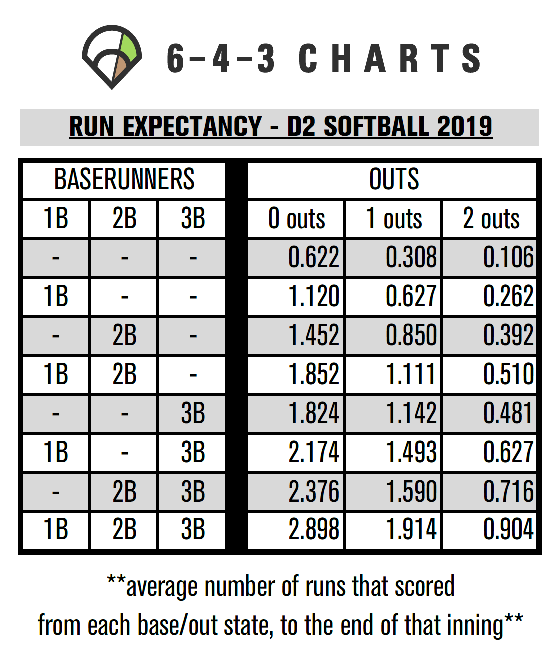And please remove "gotta" from your (and your ACs) vocabulary.Do your best to avoid negative words. Can't, won't, shouldn't, doesnt, never, etc. And don't ask them why they did something wrong. It's easier said than done.
So saying "why didn't you hit the cutoff, we never throw it home from the outfield, that doesn't work, you can't be doing that, maybe I shouldn't have you play centerfield because you can't follow directions", it not conducive for improvement at 10u or any level for that matter. Try to speak positively and instruct with patience.
b/c usually this is used in the form of "you gotta [catch that ball/make that throw/etc.]" Not as bad as "just throw strikes", but I still see it as a Capt. Obvious kind of statement to which there's no good answer/reply - "You're right coach, I should have caught that, I wasn't really trying", "yes coach, I have no excuse for not making a perfect throw every time", etc.






